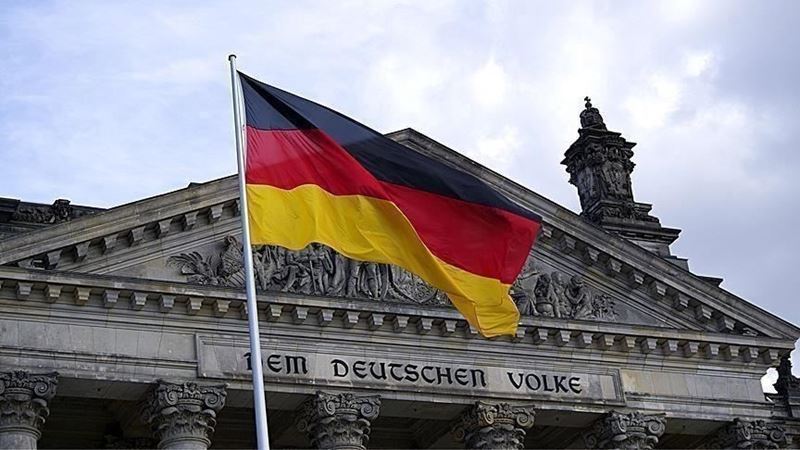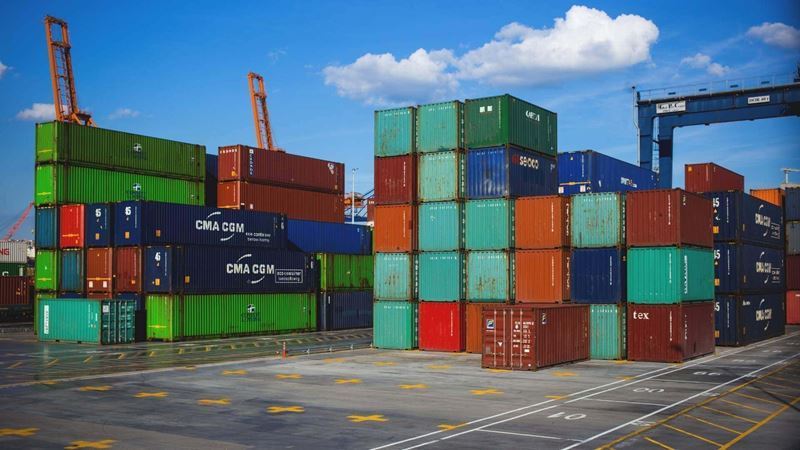According to data released by the Federal Statistical Office (Destatis), Europe’s largest economy will shrink by 0.3% in 2023 and 0.2% in 2024. Thus, Germany experienced two consecutive years of economic contraction for the first time since 2003.
Berenberg Bank economist Salomon Fiedler said, “There are many reasons that are holding Germany back from growing. It is unlikely that we will return to the growth rates we have seen in recent years.”
Germany’s Long-Term Growth Story is Coming to an End
During the last decade, when China developed its factories using German machines and tools, the German economy grew faster than other economies in Europe. However, this success story began to come to an end with the rise of global protectionist trends.
In 2018, US President Donald Trump’s increase in customs duties on imports from countries such as China and the European Union had a negative impact on German exporters. At the same time, Chinese manufacturers began to compete with German companies in technology-intensive sectors.
Energy Crisis and Pandemic Weakened the Economy
The recovery process following the Covid-19 pandemic was dealt a major blow by the rising energy costs caused by Russia’s invasion of Ukraine. This situation has deeply affected the German economy, which has a high energy dependency.
According to Goldman Sachs’ analysis, Germany’s gross domestic product (GDP) has been flat since the end of 2019, while the Eurozone grew by 5% and the US by 11%.
These problems facing the German economy once again reveal the importance of structural reforms that the new government must resolve and adapting to global competitive conditions.









Comments
No comment yet.